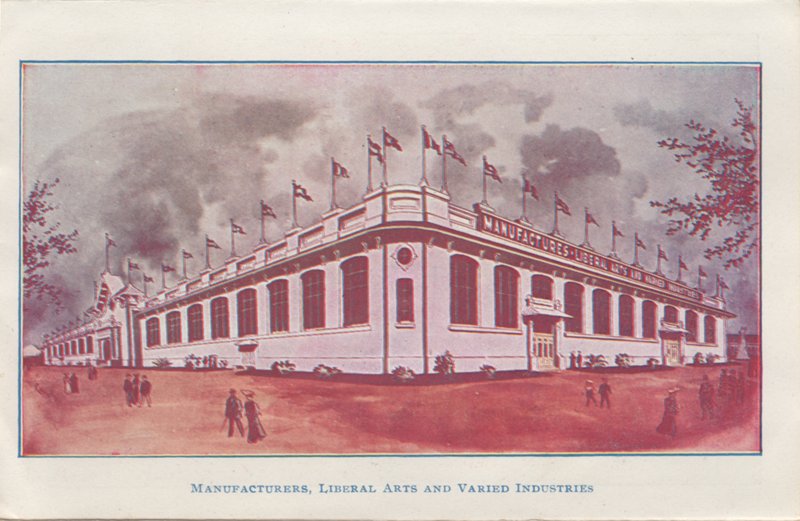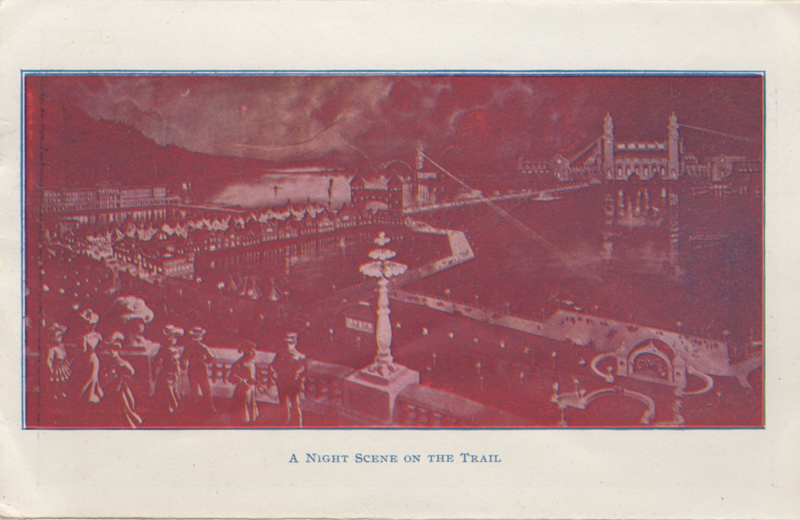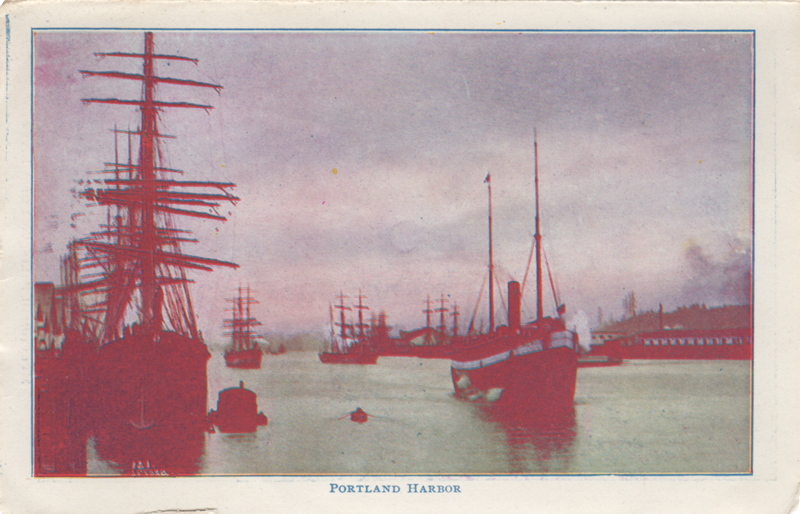This set of photos features the collection's unknown community members. All are great depictions of life in and outside the logging camps. You'll see a man appearing to be dressed in drag, which is quite unique. He even has a black veil and dress hat, perhaps too many afternoon ales found him rummaging through Mrs. Bennett's chest of drawers. The following image is the same man only this time looking tough and hardened as he poses with his dog. Though my favorite is a woman laughing as she wades in the Pacific surf; you can almost smell the coastal salty air. The few photo portraits with embossments are captioned with street address and company name. Third from the bottom of this set are three brothers, two looking like identical twins.
Trusting you'll enjoy these photos of unknown families and patrons. There's just a few more posts before this segment ends. I'll soon move on to postcards and letters the Persson family wrote to each other prior to E. H. Pearson making the trek to the new land.











































